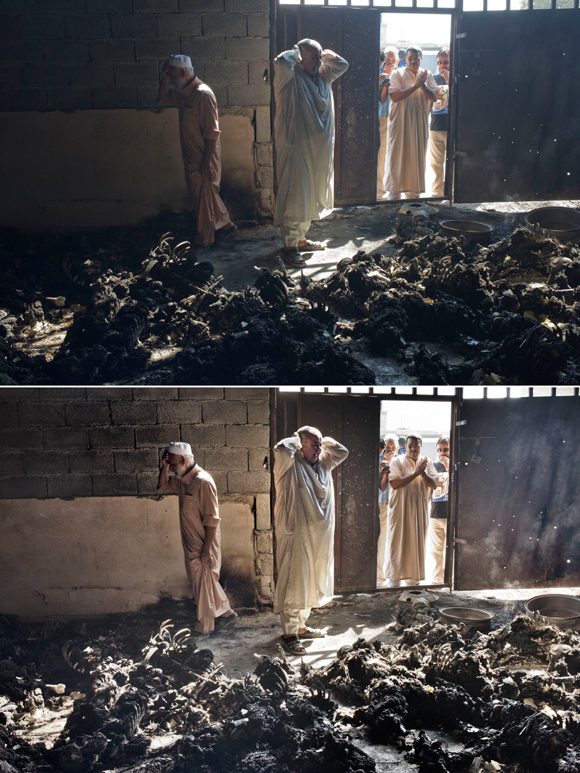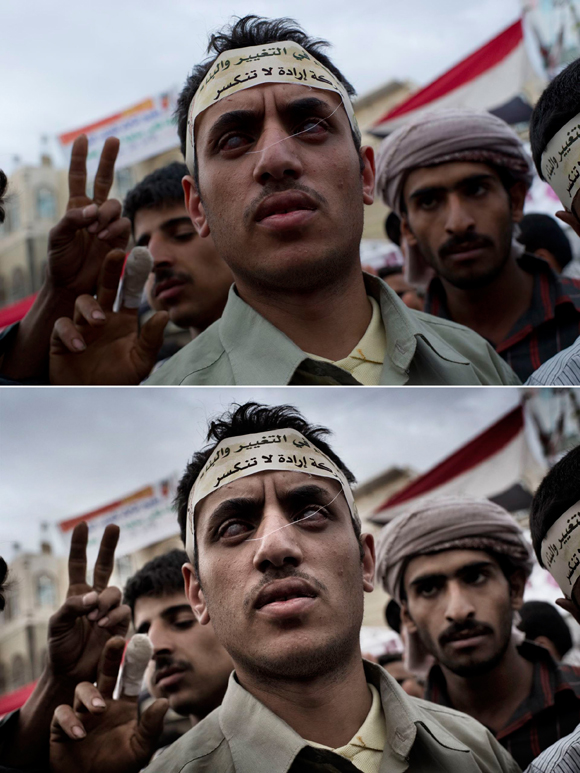In the days before digital capture became the norm, photographers would, shoot the film and photographic labs would process and sometimes print the images. Rarely did photographers do their own lab work. It has been assumed that since the digital world overwhelmed us all that a photographer would undertake post processing themselves, I certainly do and most photographer I know do likewise however this very interesting article in the BJP by Olivier Laurent tells of photographers who hand over digital images to labs for post processing. Certainly the skills of being a photographer and working with Lightroom or Capture 1 or Photoshop are not the same so there is some logic to this. Also post production is tedious as hell and takes for ever, so if you can hand it over to someone who can do it better and more quickly why not?
“10b Photography has established itself as one of the world’s leading digital darkrooms, handling post-production for scores of award-winning photojournalists who trust that the company knows where to draw the line between processing and manipulation. Olivier Laurent meets the founders.
When Yuri Kozyrev was covering the Arab Spring, working in Bahrain, Egypt, Libya and Yemen for Time, instead of wiring his images direct to the magazine in New York, he sent them first to Claudio Palmisano in Rome, who would process them according to the photographer’s specifications, and then forward them to picture editor Patrick Witty. Palmisano is the co-founder of 10b Photography, which has been working with some of the biggest names in photojournalism for the past five years, including Paolo Pellegrin, Finbarr O’Reilly and Marcus Bleasdale, among many others. Their work has appeared in The New York Times, Newsweek and Russian Reporter, and they count among their clients the Nobel Peace Center, Saatchi & Saatchi, Magnum Photos, Noorand VII Photo.”.………MORE
“10b is a digital darkroom and, for all intents and purposes, works similarly to an old-fashioned darkroom. “The recent introduction of the raw shooting format has enabled digital photography to share a very similar workflow than with analogue photography,” says 10b on its website. “Just like a negative, a raw file cannot be printed the way it is and needs to be ‘developed’ first. Contrast, saturation and hue, for example, have to be set during the editing process. This step takes the name of ‘raw conversion’ and, with the exception of chemicals, it resembles the developing process of a film.”….…….MORE


Images © Yuri Kozyrev / Noor for Time.





